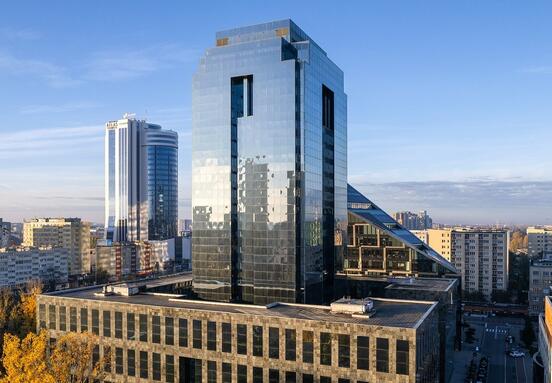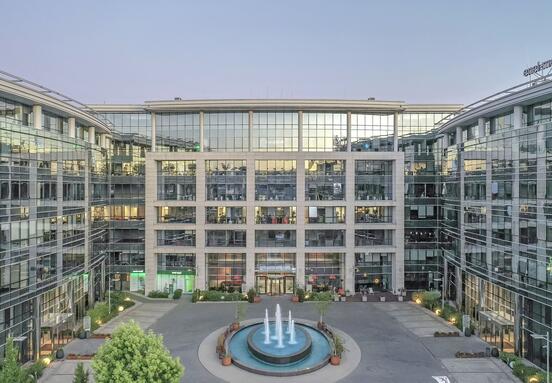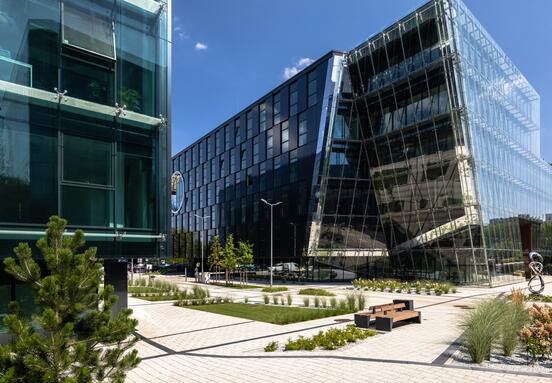Improving employee well-being and productivity
One of the most important benefits of natural lighting is its effect on employee well-being and productivity. Studies have shown that it improves mood, reduces stress, improves sleep quality, and regulates diurnal rhythms. It also affects levels of hormones such as melatonin and cortisol, which are responsible for sleep and wakefulness. Employees who have access to sunlight during the day are more relaxed, focused, and creative. In addition, natural light improves visibility and color contrast, making it easier to read and perform tasks that require precision.
Reducing energy costs and carbon emissions
Another advantage of a natural light source is its impact on energy consumption and carbon emissions. It reduces the need for artificial lighting, which lowers electricity bills and reduces the carbon footprint of buildings. It can also help heat or cool interiors, depending on the season and the direction of the windows. In the winter, for example, sunlight can provide passive heat, while in the summer it can be reduced with blinds or shades to avoid excessive heat build-up. Energy savings can be as high as 40% compared to buildings without a natural light source
Improving the aesthetics and attractiveness of office spaces
A final advantage is the impact on the aesthetics and attractiveness of office spaces. Natural lighting adds vibrancy and naturalness to interiors, making them more pleasing to the eye and body. It also creates interesting light and shadow effects that add character and dynamics to the space. In addition, it allows contact with the outdoors, which can be a source of inspiration and relaxation. Employees who have a view of nature or the city feel more satisfied at work.
How to ensure an adequate source of light in office spaces?
To enjoy all the benefits of natural lighting in office spaces, several design and usability aspects need to be taken care of. Here are some tips:
- Choose the right building location and orientation. Buildings should be located to maximize the use of available sunlight during the day. It is also recommended to avoid blocking light from other buildings or landscape features.
- Design the appropriate size and placement of windows. Windows should be large and numerous to ensure that light is dispersed evenly throughout the space. Windows should also be placed as high as possible to ensure deep light penetration into the space.
- Use appropriate light control systems. Light control systems can automatically adjust the level of artificial lighting according to the level of natural light. These systems can also adjust the level of sunlight through windows using blinds or shades.
- Use appropriate interior materials and colors. Interior materials and colors should be bright and reflective to increase the effectiveness of natural lighting. Avoid dark or matte surfaces that absorb light.
- Provide adequate ventilation and thermal insulation. Ventilation and thermal insulation are important to maintain the thermal comfort of workers and to prevent excessive heating or cooling of interiors through windows.
Summary
Natural lighting is a factor in the health, comfort, productivity, energy savings, and aesthetics of office spaces. To enjoy all its benefits, buildings and interiors should be designed with several technical and functional aspects in mind. Natural lighting is therefore not only beneficial to office workers but also to employers, building owners, and society as a whole.








